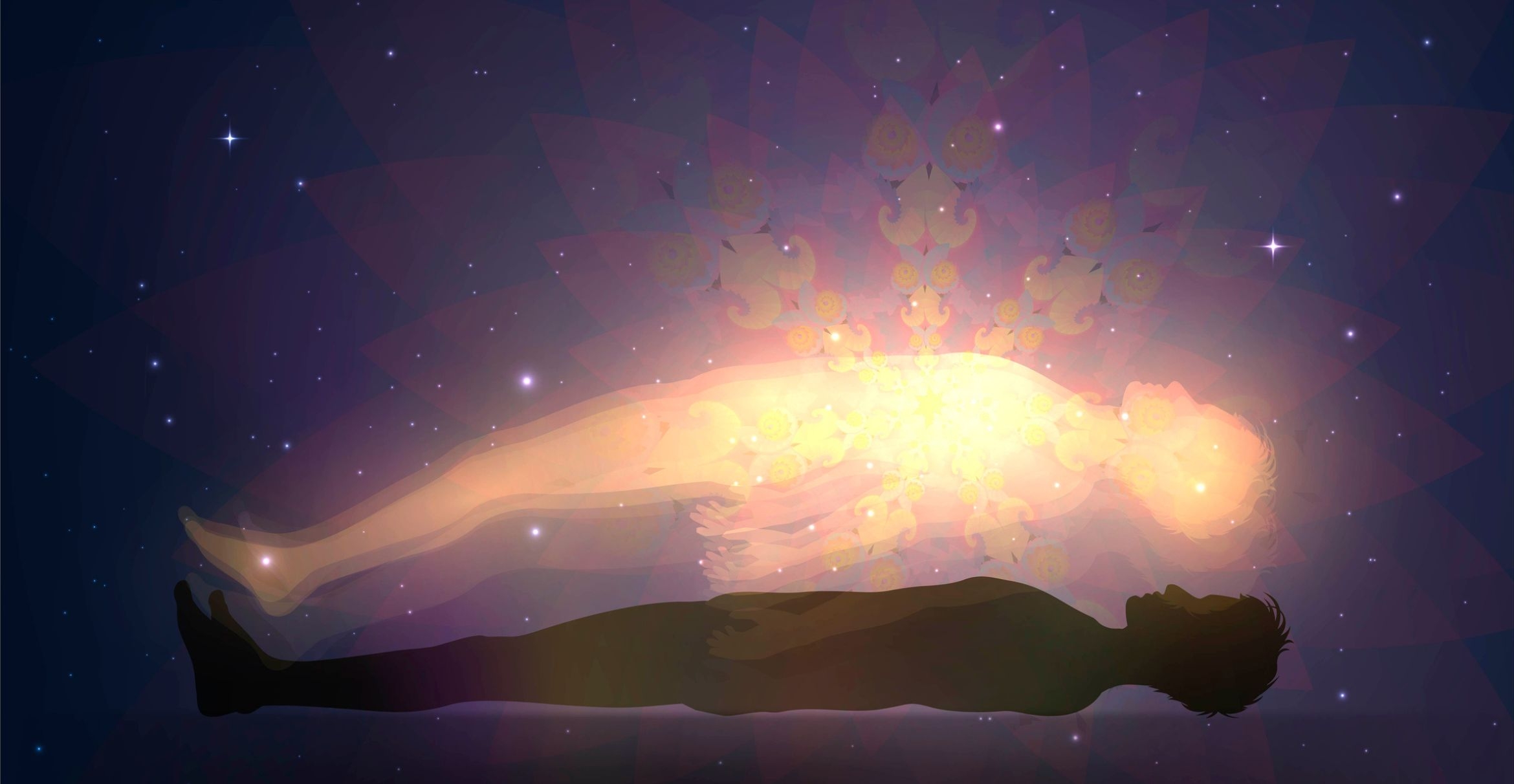
Paranormal experiences, among other extraordinary feelings, provide tools for cross-cultural study
What it means to have an out-of-body experience or to feel extraordinary joy can vary widely depending on a person’s upbringing and cultural beliefs. There are, however, basic components to such “nonordinary experiences,” as they are called, that can be validated cross-culturally, a new study suggests.
“The culture in which a person grows up can impact the interpretation of the event,” said UC Santa Barbara professor emeritus Ann Taves. “And certain cultures can encourage people to watch out for and expect to experience these things.”
Led by Taves, a UCSB team of faculty from psychological and brain sciences, education and religious studies published “The Inventory of Nonordinary Experiences (INOE): Evidence of Validity in the United States and India.” The paper adopts “a subject-dependent definition in which ‘nonordinary’ refers to experiences that stand out to people or are marked by them as special relative to what they consider ordinary or everyday.”
“We introduced a new way to look at nonordinary experiences,” Taves said. “We came up with questions that we hoped would be understood across cultures even if people interpreted their experience differently. We then tested our questions to see if people in two very different cultures actually understood them as we intended. This turned out to be the case for about half the questions, and those questions demonstrated that it is possible to study at least some nonordinary experiences across more than one culture and in different languages. That was the fundamental goal we achieved.”
Proper phrasing, she added, was the key. For example, the inventory includes an inquiry that calls for a yes or no response to the statement, “I’ve had an experience in which it seemed as if I left my physical body.” Taves explained that the key phrasing of that inquiry is “it seemed as if” because it focuses the subject on their personal sensory experience without presupposing or suggesting what caused it.
The inventory also includes follow-up questions regarding the subject’s mental state at the time of the experience, how much impact the experience had on their life, whether they think a force or spiritual agent was involved, and if they think science could explain what happened, among other factors.
Overall, 38 nonordinary experiences — from profound feelings of bliss and fear to lucid dreaming and ESP to out-of-body experiences and sudden clarity on the meaning of life — were validated in English and Hindi in the U.S. and India, respectively.
The team found that using this more neutral approach sometimes helped to normalize the experiences, which could bring comfort to the interviewees. They also found that the people who were not seeking clinical care related to their experiences interpreted the events mostly in a positive light.
The roots of the project date back a decade to the formation of UC Santa Barbara’s Religion, Experience, and Mind Lab Group. “We were trying to figure out how to talk about nonordinary experiences across different religious traditions, and we couldn’t find any existing surveys we could adopt,” Taves said. “We wanted to ask about these experiences objectively, in an emotional or sensory sense, as opposed to simply asking people what they thought was happening.”
From there, she and two team members — UCSB’s Michael Barlev (now at Arizona State University) and Michael Kinsella — compiled an inventory of experiences based on generic questions that they hoped could be understood cross-culturally. Then, she said, “We were wondering, ‘When we ask this certain question, do they understand it in both cultures?’”
Other team members — UCSB’s Elliott Ihm, Melissa Gordon Wolf, and Maharshi Vyas — spent three years testing and refining the questions based on feedback from online respondents in the U.S. and India.
Ultimately, Taves added, the work could help answer questions about whether a person's interpretation of their nonordinary experience makes a difference in how they are affected by it and the extent to which a cultural tendency to view them as spiritual or pathological matters as well.
Taves and Ihm are now developing more follow-up questions to help perception researchers better understand what is happening when people claim to have seen ghosts or dead loved ones.
Now that this new and tested tool is available, Taves said researchers in Brazil are translating, testing and further developing “The Inventory of Nonordinary Experiences” in Portuguese.
“That’ll be interesting to see the responses they get,” she said, “because there are a lot of spiritual practices in Brazil that are less common in the U.S.,” such as those practiced by mediums who purport to communicate between the living and the spirits of the dead.
Ann Taves
With more than three decades specializing in scientific worldview studies and experience and the mind, Ann Taves, a research professor emeritus in the Department of Religious Studies, has been studying unusual experiences to better understand how they can sometimes lead to profound insight and new social movements and sometimes to disability and distress. Her most recent book, “Building Blocks of Religion: Critical Applications and Future Prospects” was published by Equinox in 2020.
Keith Hamm
Social Sciences, Humanities & Fine Arts Writer
keithhamm@ucsb.edu



